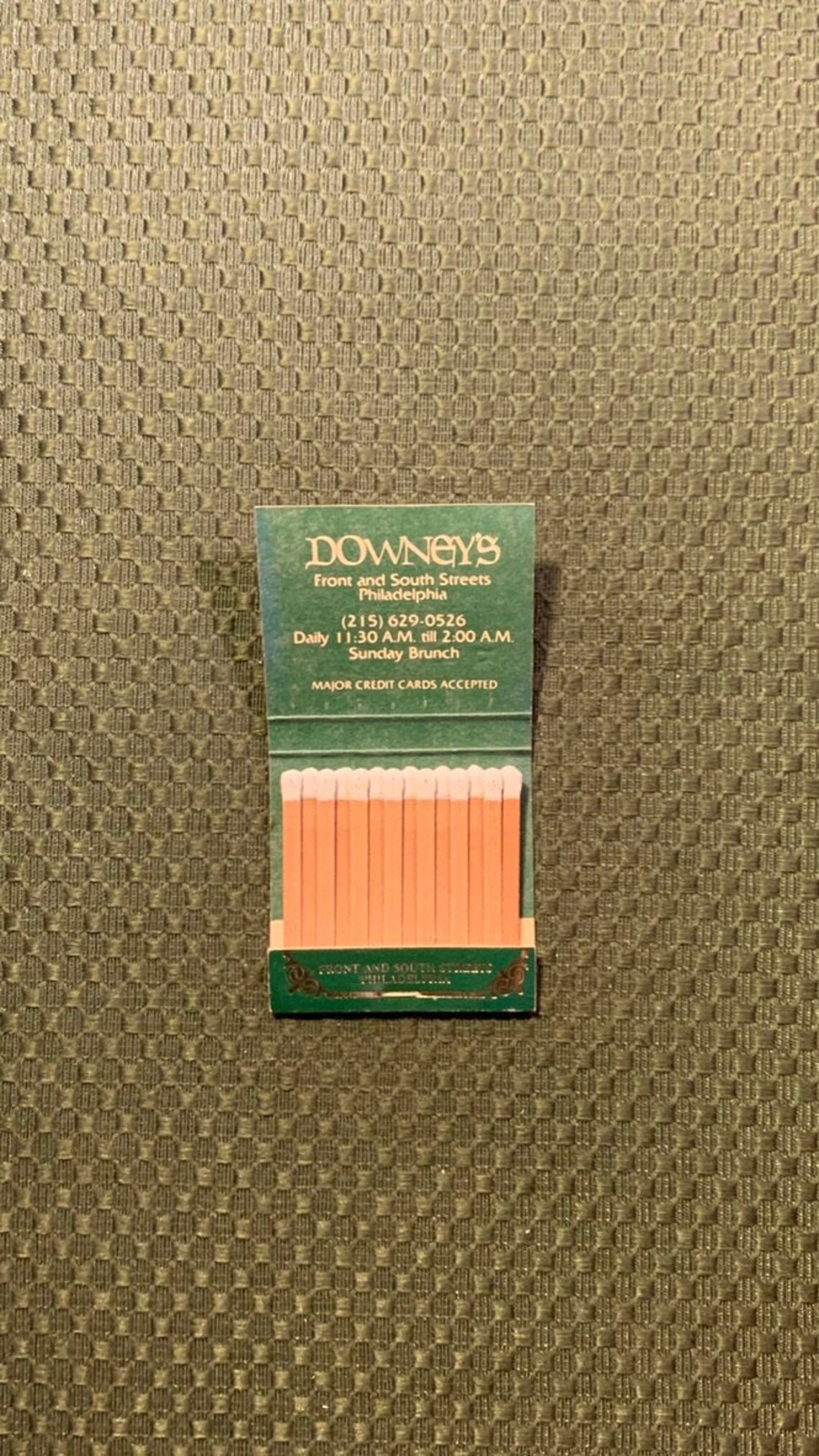

Additionally, at the front of the tray were two extra pieces of card in a "V" shape, the point of the "V" pointing at the front of the matchbox. Each colour represented a move on a square on the game grid, and so matchboxes with arrangements where positions on the grid were already taken would not have beads for that position. Įach individual matchbox tray contained a collection of coloured beads. After removing duplicate arrangements (ones that were simply rotations or mirror images of other configurations), MENACE used 304 permutations in its chart and thus that many matchboxes. This chart had drawings of tic-tac-toe game grids with various configurations of X's, O's and empty squares, corresponding to all possible permutations a game could go through as it progressed.
#Matchbook ai code
Each box had a code number, which was keyed into a chart.

MENACE was made from 304 matchboxes glued together in an arrangement similar to a chest of drawers. This model starts as completely random, and gradually learns.

This was one of the earliest versions of the Reinforcement Loop, the schematic algorithm of looping the algorithm, dropping unsuccessful strategies until only the winning ones remain. It reinforced winning strategies by making the moves more likely, by supplying extra beads. Each time, it would eliminate a losing strategy by the human player confiscating the beads that corresponded to each move. MENACE "learned" by playing increasing matches of noughts and crosses. Chambers and had built up an AI research unit in Hope Park Square, Edinburgh, Scotland. Michie completed his essay on MENACE in 1963, "Experiments on the mechanization of game-learning", as well as his essay on the BOXES Algorithm, written with R. Michie undertook the task of collecting and defining each matchbox as a 'fun project', later turned into a demonstration tool. MENACE was constructed as the result of a bet with a computer science colleague who postulated that such a machine was impossible. Since computer equipment was not obtainable for such uses, and Michie did not have a computer readily available, he decided to display and demonstrate artificial intelligence in a more esoteric format and constructed a functional mechanical computer out of matchboxes and beads. Fifteen years later, he wanted to further display his mathematical and computational prowess with an early convolutional neural network. Michie was honoured for his contribution to machine learning research, and was twice commissioned to program a MENACE simulation on an actual computer.ĭonald Michie (1923–2007) had been on the team decrypting the German Tunny Code during World War II. Michie's essays on MENACE's weight initialisation and the BOXES algorithm used by MENACE became popular in the field of computer science research. Michie held a tournament against MENACE in 1961, wherein he experimented with different openings.įollowing MENACE's maiden tournament against Michie, it demonstrated successful artificial intelligence in its strategy. As it played more games, through a reinforcement loop, it disqualified strategies that led to losing games, and supplemented strategies that led to winning games. When the computer first played, it would randomly choose moves based on the current layout. The matchboxes used by Michie each represented a single possible layout of a noughts and crosses grid. Michie did not have a computer readily available, so he worked around this restriction by building it out of matchboxes. It was designed to play human opponents in games of noughts and crosses (tic-tac-toe) by returning a move for any given state of play and to refine its strategy through reinforcement learning. The Matchbox Educable Noughts and Crosses Engine (sometimes called the Machine Educable Noughts and Crosses Engine or MENACE) was a mechanical computer made from 304 matchboxes designed and built by artificial intelligence researcher Donald Michie in 1961.


 0 kommentar(er)
0 kommentar(er)
